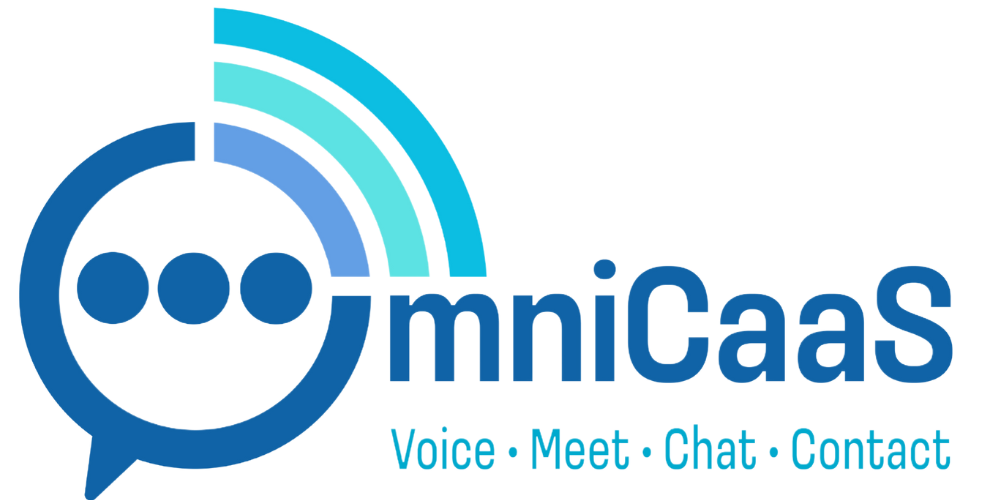
With almost every industry jumping on the technological bandwagon, the healthcare industry is not far behind. Considered an investment in modern businesses, Unified communications systems have transformed the way we communicate and collaborate. UC solutions are expected to grow at a CAGR of 18.3% by 2026.
It has had a significant impact on the healthcare industry, particularly after the pandemic, which necessitated seamless communication. Unified communications systems have become an indispensable part of patient care, improving operations and securing sensitive patient information.
Today, effective communication and seamless business operations go hand in hand. Any disruption in communication can result in loss of productivity and millions in revenue. When it comes to healthcare, the consequences are more severe—with lives at risk. Healthcare organizations use communication technologies that directly affect the quality and speed of patient care. Traditional phone systems can diminish diagnosis speed and quality. When it comes to UCaaS vs. Traditional Telephony, unified communications have established a strong place in our daily operations. Modern UCaaS providers like OmniCaaS ensure healthcare workers have uninterrupted access to essential patient data and communication.
As a reliable unified communications system provider, we help the healthcare industry streamline its real-time communication, promoting remote services and better patient care.
What is UCaaS?
Unified communication as a service technologies break down technological barriers, offering simplified communications and seamless workflow. From voice calls and video conferencing to screen sharing and secure messaging, UCaaS systems offer key benefits that drive success within healthcare organizations of all sizes.
Essentially, UCaas is a cloud-based solution that combines communication tools such as telephony, video calling, messaging, and file collaboration into one easy-to-use platform.
Benefits of UCaaS in Healthcare
Unified communication technologies offer a number of benefits for healthcare providers, including:
- Simplified and intuitive administrative portals. IT teams can easily manage the platform without needing specialized expertise.
- Core functions include unlimited voice calling, audio and video meetings, and telehealth services suites that support consultation and diagnosis.
- Instant messaging, chat, and SMS. This facilitates real-time, clinician-to-clinician chat and team messaging for rapid collaboration.
- Staff can quickly screen share and collaborate on files to review medical images, charts, scans, and more.
- Virtual assistants and chatbots. Artificial intelligence (AI) helps automate patient scheduling, surface records, and enables self-service responses to frequent questions.
- It also comes with secure protocols and tools that promote cybersecurity for small businesses.
Healthcare and Technology
Technology has played a major role in the growth and overall efficiency of the healthcare industry. Computers and the internet have revolutionized the administrative processes in the healthcare space.
Unified communication technologies have emerged as a new way to approach patient communication, appointment scheduling, and record keeping. Digital transformation, patient engagement, virtual appointments, and big data have now become common terms in healthcare.
According to industry analysis, healthcare is forecast as the fastest-growing segment for UCaaS adoption over the next few years.
Why Unified Communications is Important in Healthcare?
Unified communications systems promote smooth collaboration and productivity while maintaining the flow of information by connecting numerous devices, bringing different locations together on a single network. It takes it a step further from traditional telephony.
It effortlessly integrates complex apps (data and communication) in the healthcare industry. In the healthcare industry, unified communication guarantees improved patient care and delivery results throughout the patient’s journey.

According to a study from 2022, 57% of medical practitioners who are categorized as early adopters of digital health technologies have taken steps to address health inequities, which is much higher than the worldwide average of 21%. This demonstrates the increasing optimism surrounding intelligent, mobile health technology and its potential to improve care equity.
One of the most significant benefits of Unified communication technologies is its ability to connect healthcare teams, no matter where they are. A reliable communication system is essential in an industry where professionals are constantly on the move—whether in hospitals, clinics, labs, or diagnostic centers.
Furthermore, effective information sharing is vital in healthcare, where real-time access to data can be life-saving. UCaaS eliminates traditional barriers by integrating various communication tools and document-sharing platforms into a single system.
Promoting Telehealth
Following COVID-19, there has been an explosive rise in demand for telehealth solutions. This allows medical practitioners to communicate with patients in a secure manner while minimizing the need for in-person visits.
UCaaS empowers the next generation of telehealth and telemedicine by providing secure video conferencing. This ensures specialists can collaborate on patient cases regardless of location, all within a compliant cloud environment. Unified communications in healthcare also enable seamless patient communication while providing staff access to support teams in real time.
Challenges with Healthcare Communications Systems
For many years, healthcare institutions have relied on outdated on-site phone and communication technologies. However, these outdated technologies significantly limit staff members’ ability to collaborate and share data effectively, which can have a detrimental influence on patient care.
Some of the biggest problems with legacy healthcare communication systems include:
- On-premises systems
- Lack of mobility and flexibility
- Create information silos
- Limited collaboration features
There is a pressing need for easy-to-maintain network systems that enable effective communication across the healthcare domain.
When used to their full potential, unified communications in healthcare provide collaborative tools that improve organizational finances, team dynamics, and patient care.
Subscription-based UC solutions are often known to have minimal budgets when it comes to communication technology and IT services, making it ideal for the healthcare industry.
Strengthening Security and Compliance
As the healthcare industry undergoes a rapid digital change, safeguarding private patient data is of utmost importance. By centralizing data inside a regulated environment, UCaaS improves security in addition to facilitating smooth data flow.
Secure communication and data privacy are ensured by the compliance of several healthcare-specific UCaaS solutions for healthcare with HIPAA and other industry laws. Automated threat detection and encryption are examples of advanced security technologies that assist in stopping fraud, breaches, and illegal access.
AI-Driven Collaboration in Healthcare (2025)
In 2025, AI is no longer an emerging technology in healthcare communications, it’s a central part of how clinical teams operate. Modern UCaaS platforms are leveraging AI to power real-time transcription, instant language translation, and sentiment analysis during calls.
This means that during a telehealth session, a doctor can not only see and hear the patient, but also get instant context about their emotional state and receive prompts for empathetic responses. AI-powered virtual assistants within UCaaS can schedule follow-up appointments, send prescriptions directly to pharmacies, and even summarize consultations for quick entry into Electronic Health Records (EHR).
For busy healthcare professionals, this automation translates into more time spent on patient care and less on manual tasks.
Cloud Security & HIPAA Compliance in 2025
As telehealth adoption accelerates, the security of patient data has become non-negotiable. UCaaS solutions for healthcare in 2025 are designed from the ground up with HIPAA compliance in mind, offering features such as end-to-end encryption, multi-factor authentication, and detailed audit logs.
Cloud infrastructure is now supported by AI-driven threat detection systems that can proactively identify and neutralize risks before they compromise sensitive information.
Additionally, role-based access controls ensure that only authorized personnel can view specific medical records or communication threads. This robust approach not only safeguards patient privacy but also reinforces trust between healthcare providers and their patients.
Omnichannel Patient Engagement via UCaaS
Today’s patients expect the same seamless communication from their healthcare providers that they experience in retail, banking, or travel.
UCaaS enables omnichannel engagement, allowing patients to connect with their care team via voice calls, secure text messaging, mobile apps, video consultations, and even social media, without the provider juggling multiple disconnected systems.
Automated appointment reminders, follow-up care instructions, and personalized health tips can be sent across the patient’s preferred channels, ensuring no information is missed. For healthcare organizations, this unified approach reduces missed appointments, improves treatment adherence, and boosts patient satisfaction scores.
Future of Telemedicine: UCaaS Trends 2025
Telemedicine has moved from being a pandemic-driven necessity to a core component of everyday healthcare delivery, and UCaaS is powering this evolution.
Deeper EHR Integration
UCaaS platforms are now working hand-in-hand with Electronic Health Records (EHR) systems. Providers can initiate a video consultation directly from a patient’s medical file, with AI automatically pulling up relevant test results, imaging, medication history, and care notes.
5G & Edge Computing for Real-Time Care
High-speed 5G networks and edge computing technology are transforming the quality and reliability of telemedicine. Even in rural or low-bandwidth regions, patients can now experience high-definition, low-latency consultations without the frustrating delays or pixelated video common in earlier telehealth systems.
Wearable Device Integration
UCaaS video sessions can now sync directly with wearable health devices, from smartwatches tracking heart rate and oxygen saturation to medical-grade sensors measuring glucose levels or cardiac rhythms. These real-time data feeds allow providers to detect anomalies mid-consultation, adjust treatment plans immediately, and engage in proactive health monitoring without requiring in-person visits.
AI-Assisted Diagnostics
Artificial intelligence is adding a new dimension to remote diagnostics. During a UCaaS-powered telehealth session, AI can analyze a patient’s speech patterns for signs of neurological disorders, monitor facial cues for emotional or pain responses, and process biometric data from wearables for early signs of respiratory or cardiac distress.
Global Accessibility & Mobile-First Care
Cloud-native UCaaS platforms are making healthcare more inclusive. Lightweight, mobile-friendly telemedicine apps mean patients can access specialists across borders without complex hardware or high-end devices.
What’s Next for UCaaS in Healthcare?
Looking ahead, UCaaS is set to evolve from being a communication platform into a fully integrated clinical tool.
- Future developments will likely include deeper, bi-directional integration with Electronic Health Records (EHR), enabling providers to initiate consultations directly from patient files while AI automatically generates and uploads structured visit summaries.
- Cloud-native mobile applications, optimized for low-bandwidth environments, will expand access to quality care in rural areas, allowing local clinics and traveling healthcare workers to maintain seamless contact with urban specialists.
- Advancements in diagnostic AI will empower UCaaS video platforms to analyze patient speech, facial expressions, and biometric data in real time, aiding in the early detection of conditions such as respiratory diseases, neurological disorders, and other emerging health concerns.
Conclusively, innovation is the backbone of healthcare advancements, and UCaaS plays a pivotal role in promoting collaboration and discovery.
At OmniCaaS, we understand the value of unified communications in healthcare and provide the latest UCaaS technologies. We work as an extension of your team, looking out for your bottom line.
Connect with our team to learn more about how we can help you.


Post a Comment